
Martian rock composed of ancient dune deposits and wind ripples (NASA/JPL-Caltech/MSSS)

Imperial College London and NASA researchers have found signs that water was plentiful in Mars’ Gale crater for longer than previously thought.
Billions of years ago, Mars was home to abundant water, and its Gale crater contained a lake. Gradually, the climate changed, drying the Red Planet and creating the dusty desert world we know today.
Now, an international team of researchers led by Imperial has found signs that water was abundant in Mars’ Gale crater – a 154km-diameter basin just south of the equator – long after the planet was thought to have become dry and inhospitable.
The findings have implications for our understanding of Mars’ changing climate, as well as where we now look for signs of habitability.
What’s clear is that behind each of these potential ways to deform this sandstone, water is the common link. Dr Steven Banham Department of Earth Science and Engineering
Using data and images from NASA’s Curiosity rover, the researchers found clues: deformed layers within a desert sandstone that, they argue, could only have been formed by water.
While they agree that water was present, they are uncertain whether it existed as a pressurised liquid, ice, or brine.
Lead author Dr Steven Banham, of Imperial College London’s Department of Earth Science and Engineering, said: “The sandstone revealed that water was probably abundant more recently, and for longer, than previously thought – but by which process did the water leave these clues?
“This water might have been pressurised liquid, forced into and deforming the sediment; frozen, with the repeat freezing and thawing process causing the deformation; or briny, and subject to large temperature swings.
“What’s clear is that behind each of these potential ways to deform this sandstone, water is the common link.”
The results are published in Geology.
An oasis in the desert
The whole region could have been habitable for longer than previously thought. Amelie Roberts Department of Earth Science and Engineering
Scientists accept that most surface water on Mars was lost by the middle of the Hesperian period, which lasted 3.7-3.0 billion years.
These new findings suggest that water was in fact still abundant underground, near the surface of Mars, toward the later Hesperian.
To better understand the planet’s past climate and suitability for life, researchers are using the Curiosity rover to look for clues in Mars’ rock record. The work forms part of NASA’s Mars Science Laboratory mission.
Curiosity has been exploring Gale crater and the northern flank of its central mountain, called Mount Sharp, since 2012. The crater hosts a 5.5 km-high mountain that was built in layers – first by incoming lake and river sediments and, later, by desert sediments and winds during Mars’ supposed period of drying.

Using Curiosity’s main scientific camera, called the Mastcam instrument, researchers collected pictures of Mount Sharp’s sediment layers to find ‘fingerprints’ of how the rocks formed. They looked at rocks that were deposited in this now-sandy desert, and found structures within that indicated water.
Dr Banham said: “When sediments are moved by flowing water in rivers, or by the wind blowing, they leave characteristic structures which can act like fingerprints of the ancient processes that formed them.”
Rocky fingerprints
Surprisingly, we found that these wind-deposited layers were contorted into strange shapes Amelie Roberts Department of Earth Science and Engineering
As the rover ascended the mountain, it encountered increasingly younger rocks deposited in progressively drier environments. It eventually reached a sandstone deposit draped over the mountainside, known as the Stimson formation - the preserved relic of a desert containing large sand dunes.
The images it collected revealed that the formation was deposited after Mount Sharp formed, during Mars’ period of supposed drying. They also revealed that part of the formation, called the Feòrachas structure, contained features that had clearly been influenced by water.

Study co-author Amelie Roberts, PhD candidate from Imperial College London’s Department of Earth Science and Engineering, said: “Usually, the wind deposits sediment in a very regular, predictable way. Surprisingly, we found that these wind-deposited layers were contorted into strange shapes, which suggest the sand had been deformed shortly after being laid down. These structures point to the presence of water just below the surface.
“The layers of sediment in the crater reveal a shift from a wet environment to a drier one over time – reflecting Mars’ transition from humid and habitable environment to inhospitable desert world. But these water-formed structures in the desert sandstone show that water persisted on Mars much later than previously thought.”
Life beyond Earth?
Our findings reveal new avenues for exploration – shedding light on Mars’ potential to support life and highlighting where we should continue hunting for new clues Dr Steve Banham Department of Earth Science and Engineering
The researchers’ discovery has implications for future space exploration missions, particularly in the search for signs of life beyond Earth. On Mars, the Stimson formation and similar desert sandstones were previously considered less promising targets when hunting for biosignatures — evidence of past primordial life — on Mars. Finding these water-formed structures changes that notion.
Dr Banham said: “Determining whether Mars and other planets were once able to support life has been a major driving force for planetary research for more than half a century. Our findings reveal new avenues for exploration – shedding light on Mars’ potential to support life and highlighting where we should continue hunting for new clues.”
Signs of life have not been found on Mars, and the broader consensus suggests any we might find in the future would indicate the most primitive of primordial life – perhaps as simple as self-replicating molecules.
Amelie said: “Our finding extends the timeline of water persisting in the region surrounding Gale crater, and so the whole region could have been habitable for longer than previously thought.”
The study was funded by the UK Space Agency (UKSA), the Austrian Space Applications Programme (ASAP) and NASA.
“Ice? Salt? Pressure? Sediment deformation structures as evidence of late-stage shallow ground water in Gale crater, Mars” by Steven Banham, Amelie Roberts, Sanjeev Gupta, Joel Davis, Lucy Thompson, David Rubin, Gerhard Paar, William Dietrich, Abigail Fraeman, and Ashwin Vasavada. Published 22 March 2024 in Geology.
Supporters

Article text (excluding photos or graphics) © Imperial College London.
Photos and graphics subject to third party copyright used with permission or © Imperial College London.
Reporters

Diana Cano Bordajandi
Department of Earth Science & Engineering

Contact details
Email: diana.cano-bordajandi18@imperial.ac.uk
Show all stories by this author

Caroline Brogan
Communications Division

Contact details
Tel: +44 (0)20 7594 3415
Email: caroline.brogan@imperial.ac.uk
Show all stories by this author
Leave a comment
Your comment may be published, displaying your name as you provide it, unless you request otherwise. Your contact details will never be published.

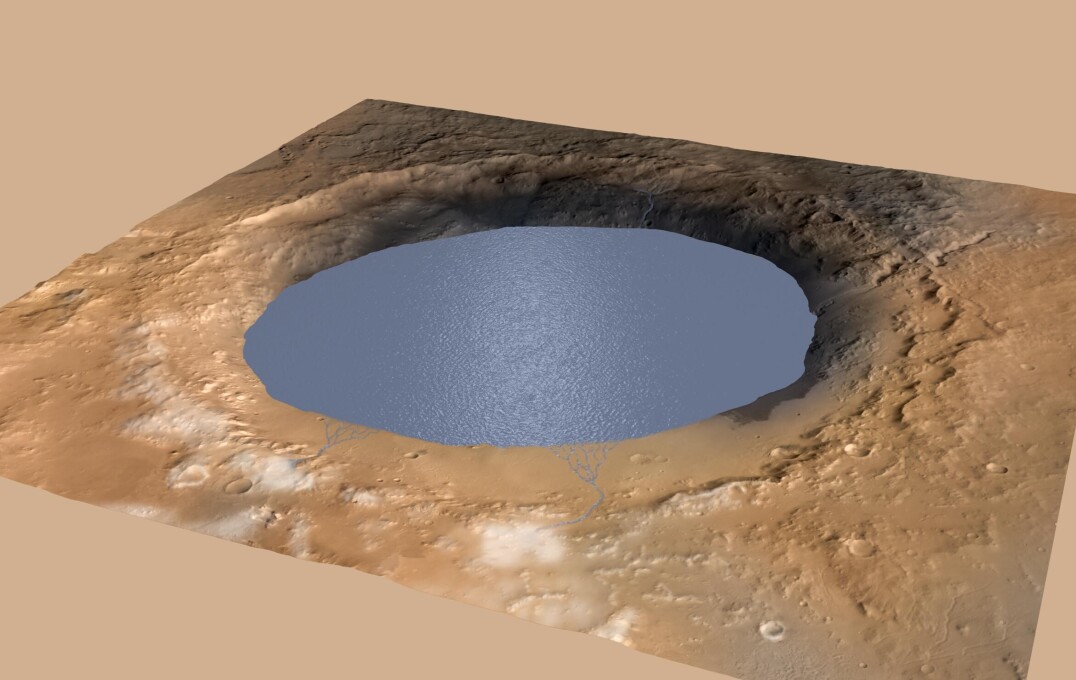
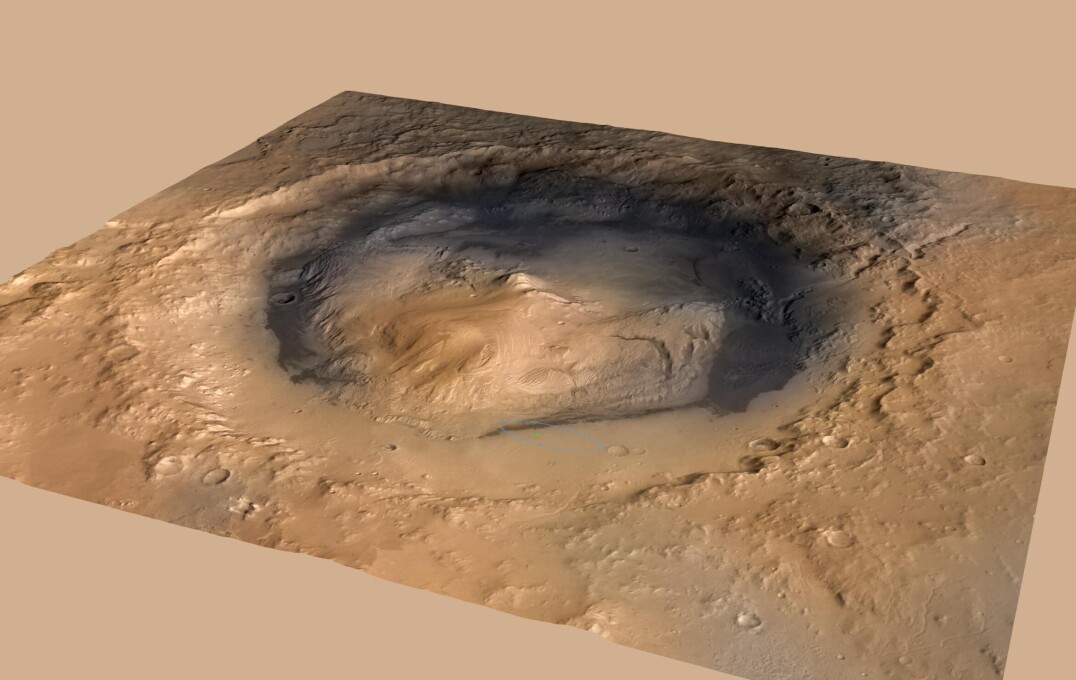
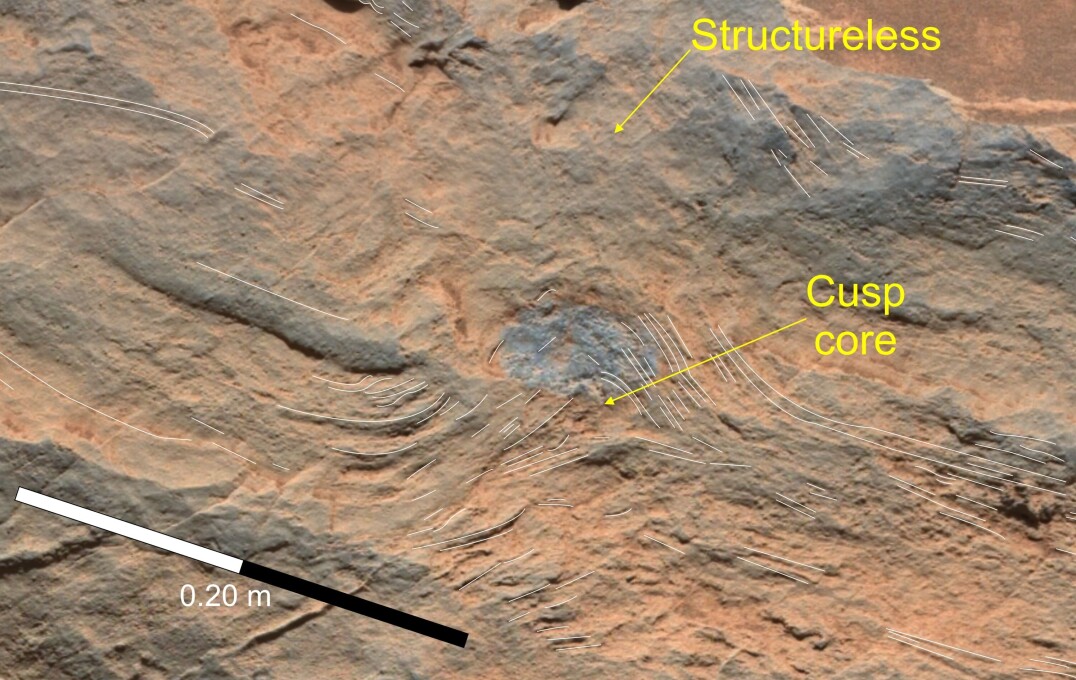
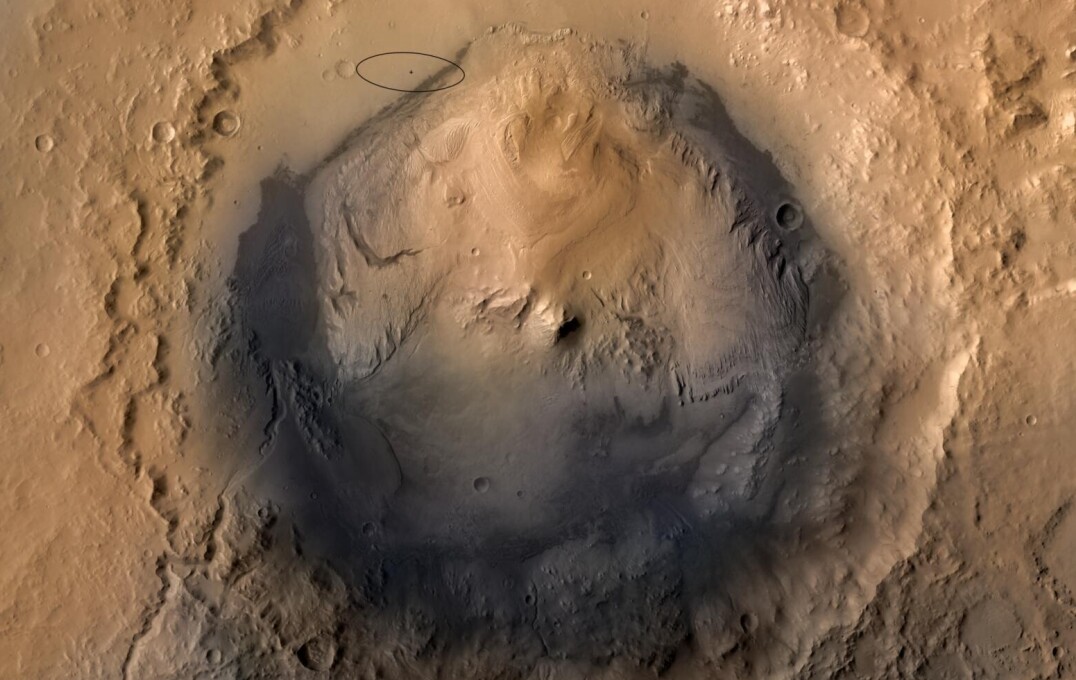
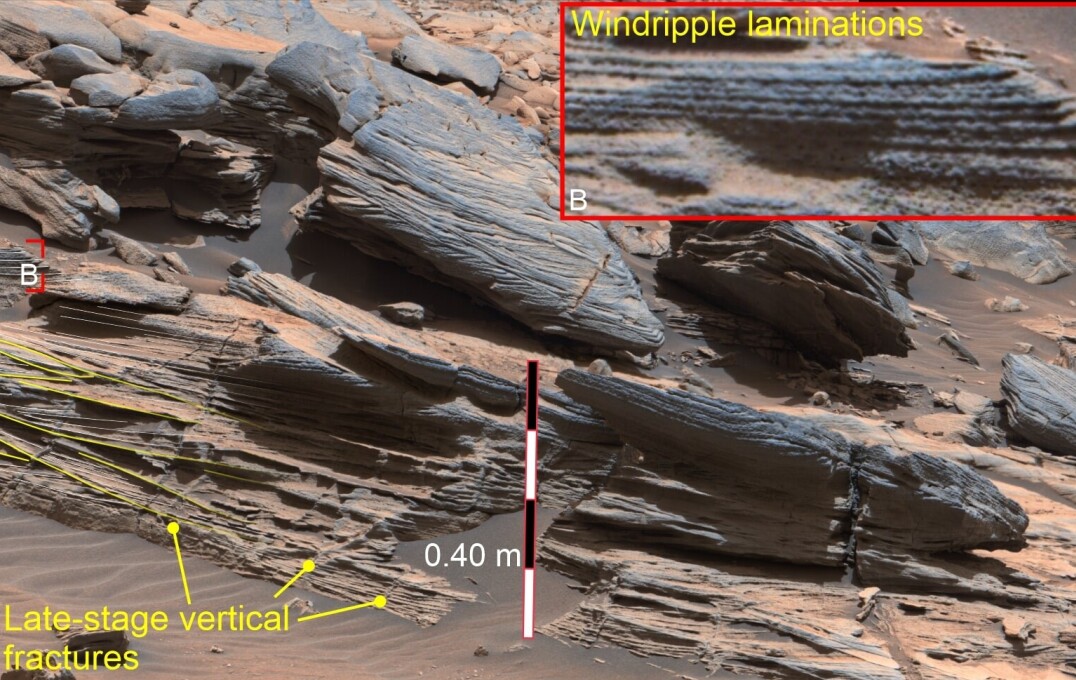



Comments
Comments are loading...